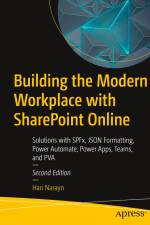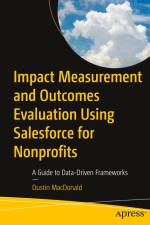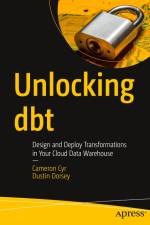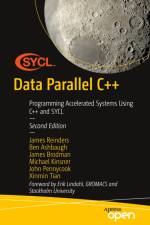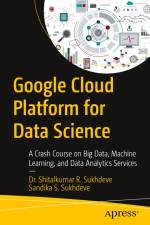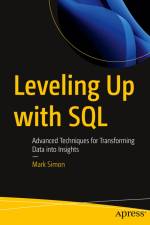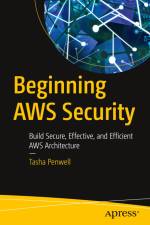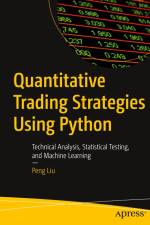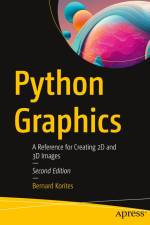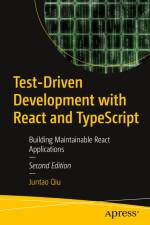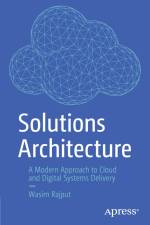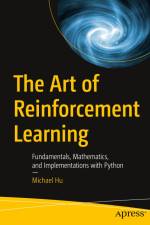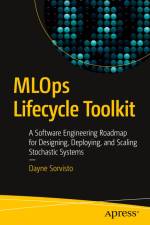av Dayne Sorvisto
627
This book is aimed at practitioners of data science, with consideration for bespoke problems, standards, and tech stacks between industries. It will guide you through the fundamentals of technical decision making, including planning, building, optimizing, packaging, and deploying end-to-end, reliable, and robust stochastic workflows using the language of data science.MLOps Lifecycle Toolkit walks you through the principles of software engineering, assuming no prior experience. It addresses the perennial ¿why¿ of MLOps early, along with insight into the unique challenges of engineering stochastic systems. Next, yoüll discover resources to learn software craftsmanship, data-driven testing frameworks, and computer science. Additionally, you will see how to transition from Jupyter notebooks to code editors, and leverage infrastructure and cloud services to take control of the entire machine learning lifecycle. Yoüll gain insight into the technical and architectural decisions yoüre likely to encounter, as well as best practices for deploying accurate, extensible, scalable, and reliable models. Through hands-on labs, you will build your own MLOps ¿toolkit¿ that you can use to accelerate your own projects. In later chapters, author Dayne Sorvisto takes a thoughtful, bottom-up approach to machine learning engineering by considering the hard problems unique to industries such as high finance, energy, healthcare, and tech as case studies, along with the ethical and technical constraints that shape decision making.After reading this book, whether you are a data scientist, product manager, or industry decision maker, you will be equipped to deploy models to production, understand the nuances of MLOps in the domain language of your industry, and have the resources for continuous delivery and learning.What You Will LearnUnderstand the principles of software engineering and MLOpsDesign an end-to-endmachine learning systemBalance technical decisions and architectural trade-offsGain insight into the fundamental problems unique to each industry and how to solve themWho This Book Is ForData scientists, machine learning engineers, and software professionals.


